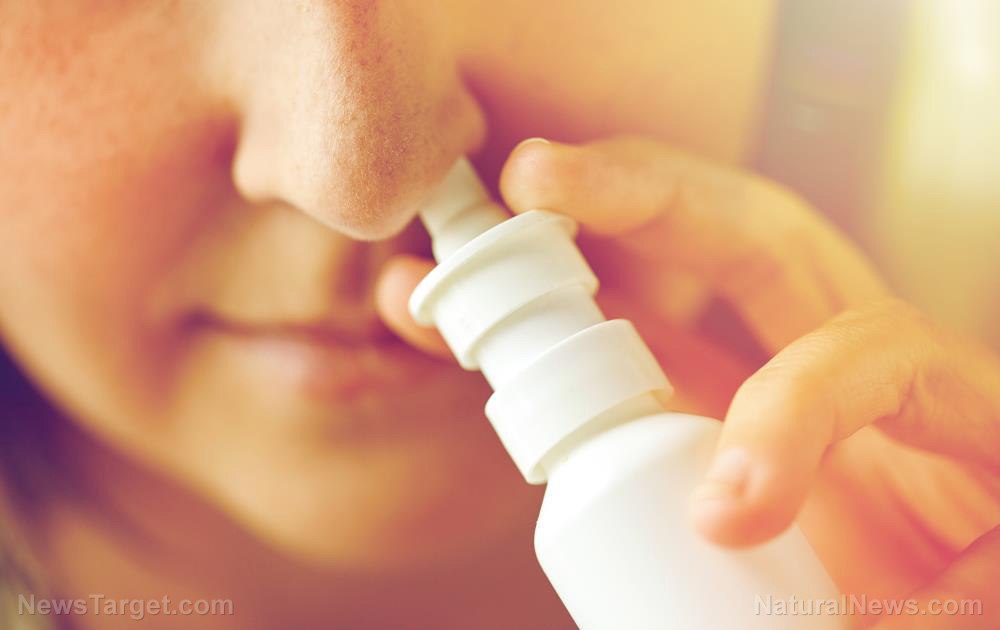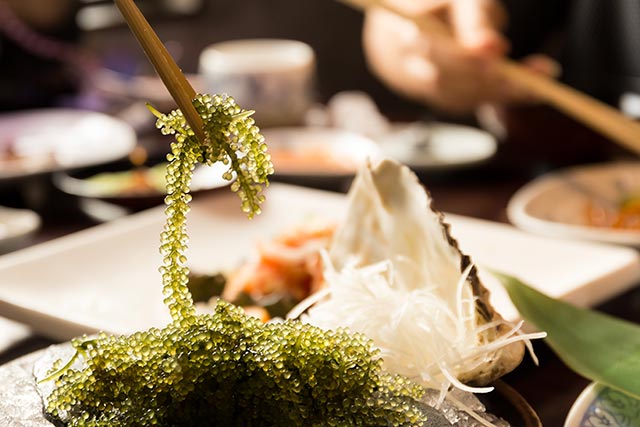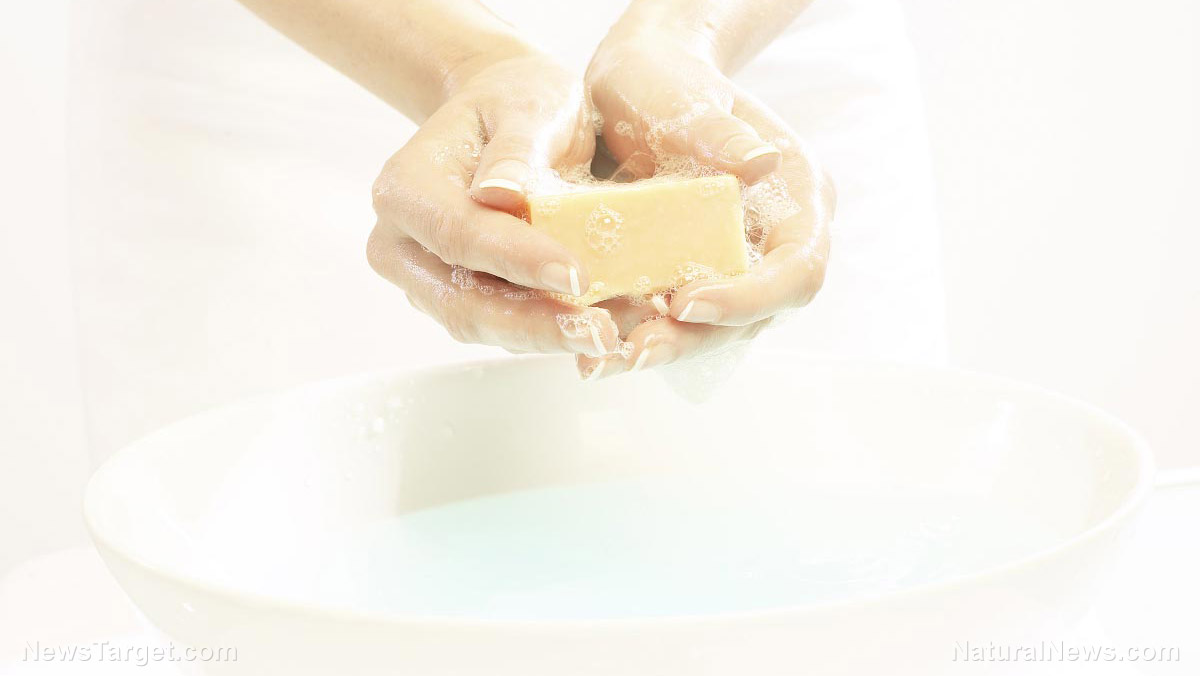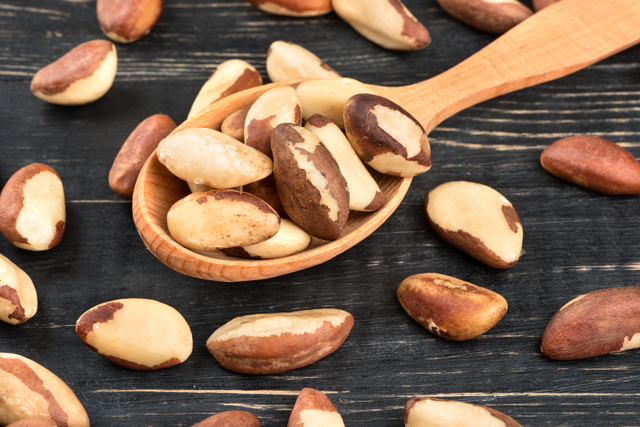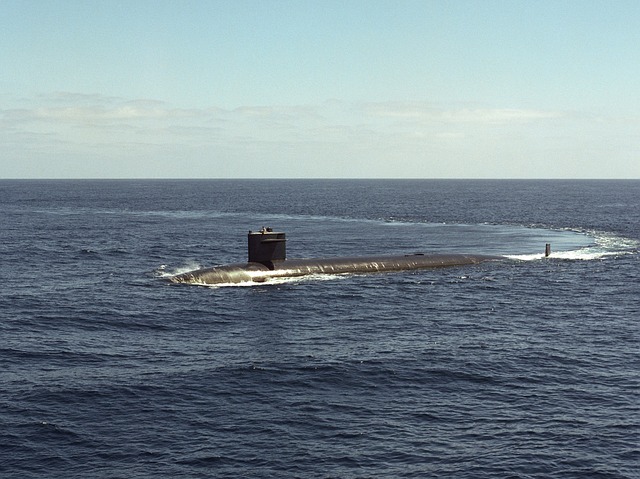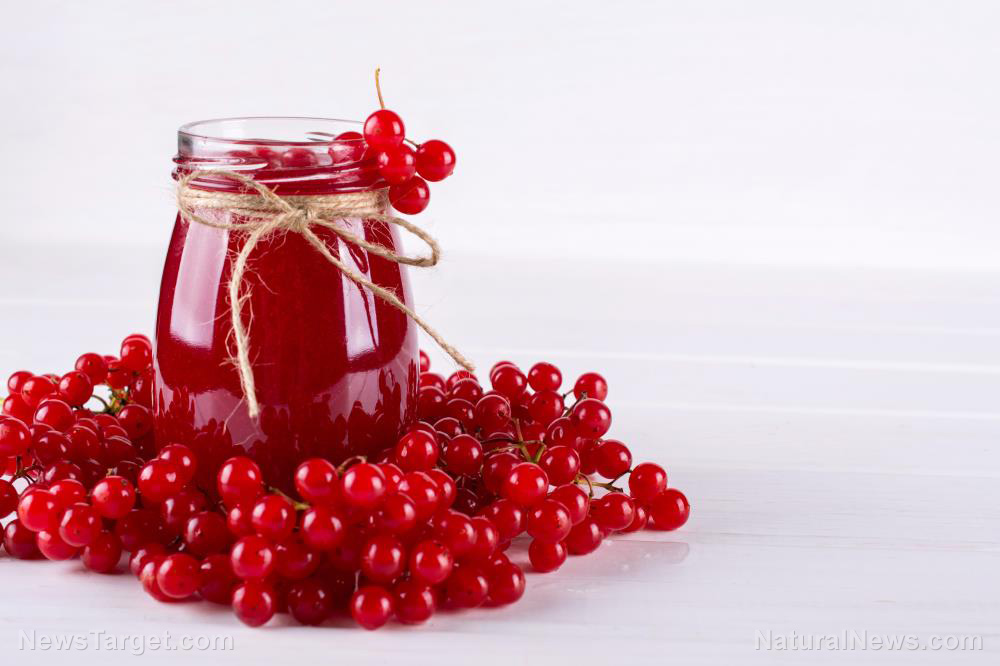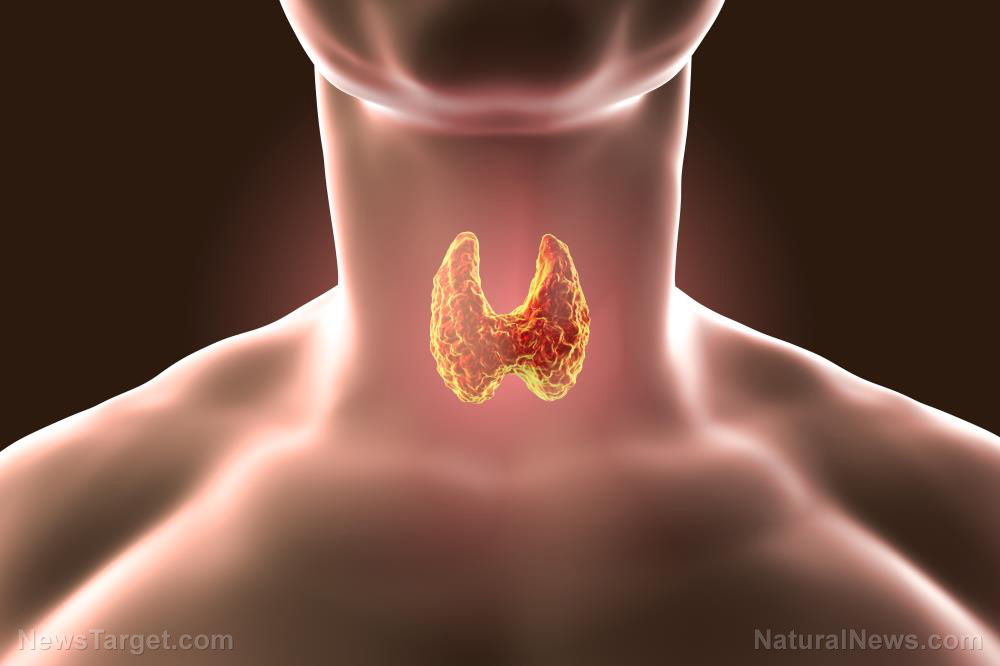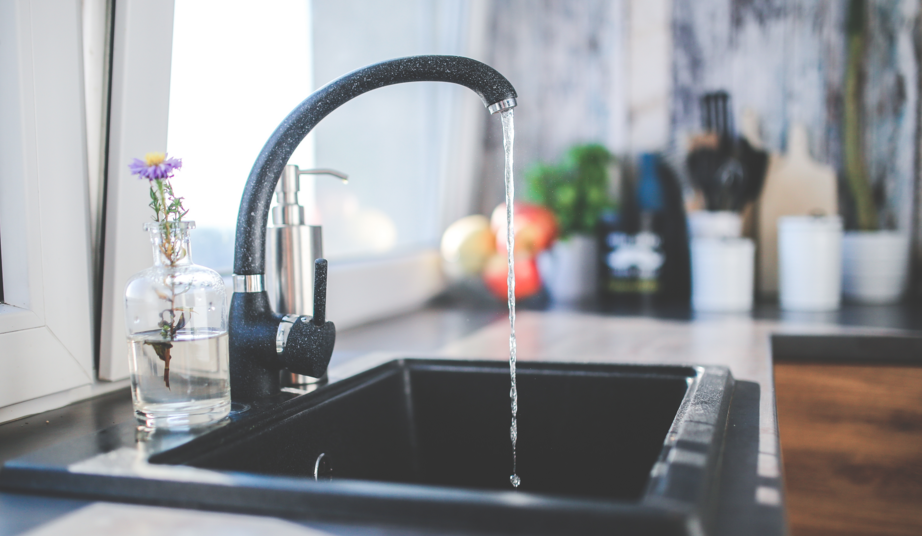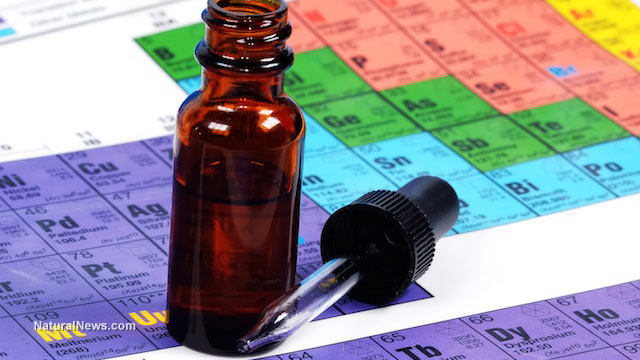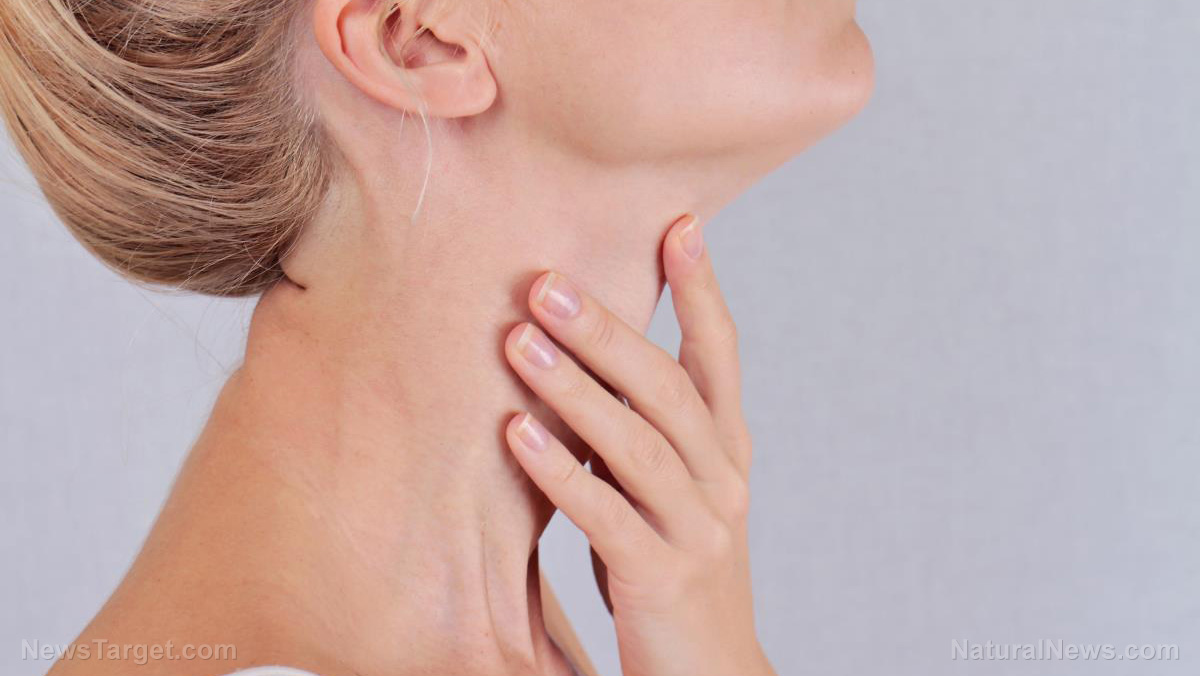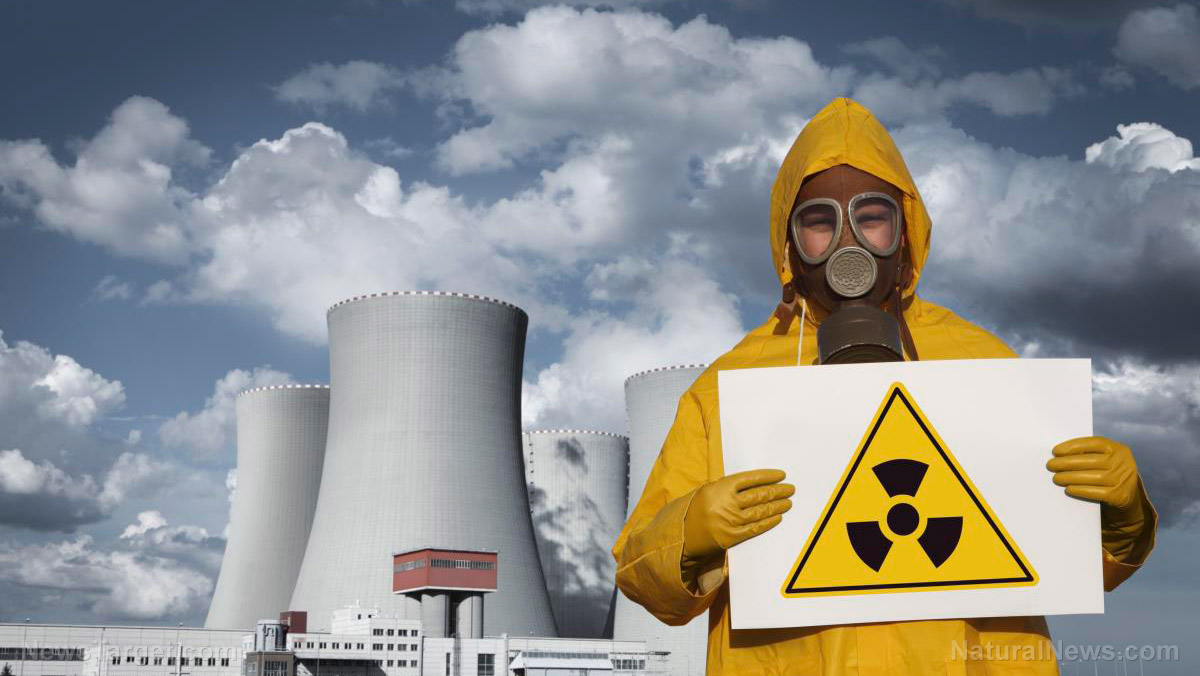Essential survival skills: How to purify water when SHTF
11/30/2021 / By Virgilio Marin

The quest for clean water does not stop even after SHTF. Therefore, it’s important to know how to purify water when you’re forced to source it from lakes and streams.
Different ways to purify water
Water purification differs from water filtration. The latter uses a porous substance to filter water and is less effective at removing pollutants. Meanwhile, purification is a chemical process that focuses on removing all kinds of impurities, including biological contaminants, chemicals and debris. It includes the following techniques: (h/t to AlphaSurvivalist.net)
Boiling
Boiling water is a simple but effective purification method that can eliminate biological contaminants a minute after the water has reached the boiling point. The downside is that it requires a major heat source and evaporates a portion of the water.
Water purification tablets
Using water purification tablets is one of the simplest ways to purify water. These tablets are commonly made of chlorine dioxide and iodine and are very easy to use. Just drop a tablet into a quart of water, wait for the recommended time (usually around four hours) and your water will be safe for drinking.
Water purification tablets are perfect for preppers as they have a long shelf life and are small enough to fit nicely in your bug-out bag and emergency kit. Also, they don’t leave a nasty taste unlike iodine drops (more on these later). The drawback is that they take longer to effectively purify the water and are more expensive than other purification methods.
Iodine drops
Iodine drops are easy to use too – simply add five drops for each quart of water, ten drops if the water is extremely cloudy. The solution only takes around 30 minutes to eliminate harmful substances.
Iodine tinctures work faster and are cheaper and more effective than chlorine tablets. They’re also readily available in small bottles that take little space in your bug-out bag. Unfortunately, they leave a nasty taste that can be off-putting for young children. They’re also unsafe for pregnant women and people with a shellfish allergy.
Chlorine bleach
Chlorine can kill all harmful pathogens found in water. Because common household bleaches contain chlorine in different strengths, the number of drops per quart will vary depending on the chlorine concentration. Add 10 drops per quart of water if the product contains one percent chlorine or less. Add four to five drops if it contains two to three percent chlorine and four to five drops if it contains four to six percent. If the water is cloudy, let it settle and filter it using a clean cloth, paper towel or coffee filter.
Only use unscented, regular chlorine bleach products with a label indicating they’re suitable for water disinfection. Do not use scented and color-safe bleaches or those with added cleaners.
Solar disinfection
Solar disinfection (SODIS) is the simplest and most affordable method of water purification. It works by trapping heat inside a water bottle and letting UV radiation and photo-oxidative destruction inactivate harmful organisms in the water.
Fill up clear plastic bottles with water, shake to oxygenate and expose them to direct sunlight for six hours (if sunny) or two days (if cloudy). Lay the bottles on their side to maximize exposure time.
SODIS has been proven to work and is supported by the World Health Organization. Besides being cost-effective and easy to ease, this method causes minimal changes to the taste of the water and entails only a small risk of recontamination as the water is stored in bottles. The downside is that they take the longest out of all purification methods to work.
These five purification methods each have advantages and disadvantages that make one technique more appropriate over the others depending on the situation. Choose one that works for your current scenario to increase your chance of survival.
Sources include:
Tagged Under: boiling, bug out, chlorine bleach, chlorine tablets, clean water, how to, iodine drops, preparedness, prepper, prepping, SHTF, solar disinfection, survival, survivalist, tips, water filtration, water purification
RECENT NEWS & ARTICLES
COPYRIGHT © 2017 IODINE NEWS

